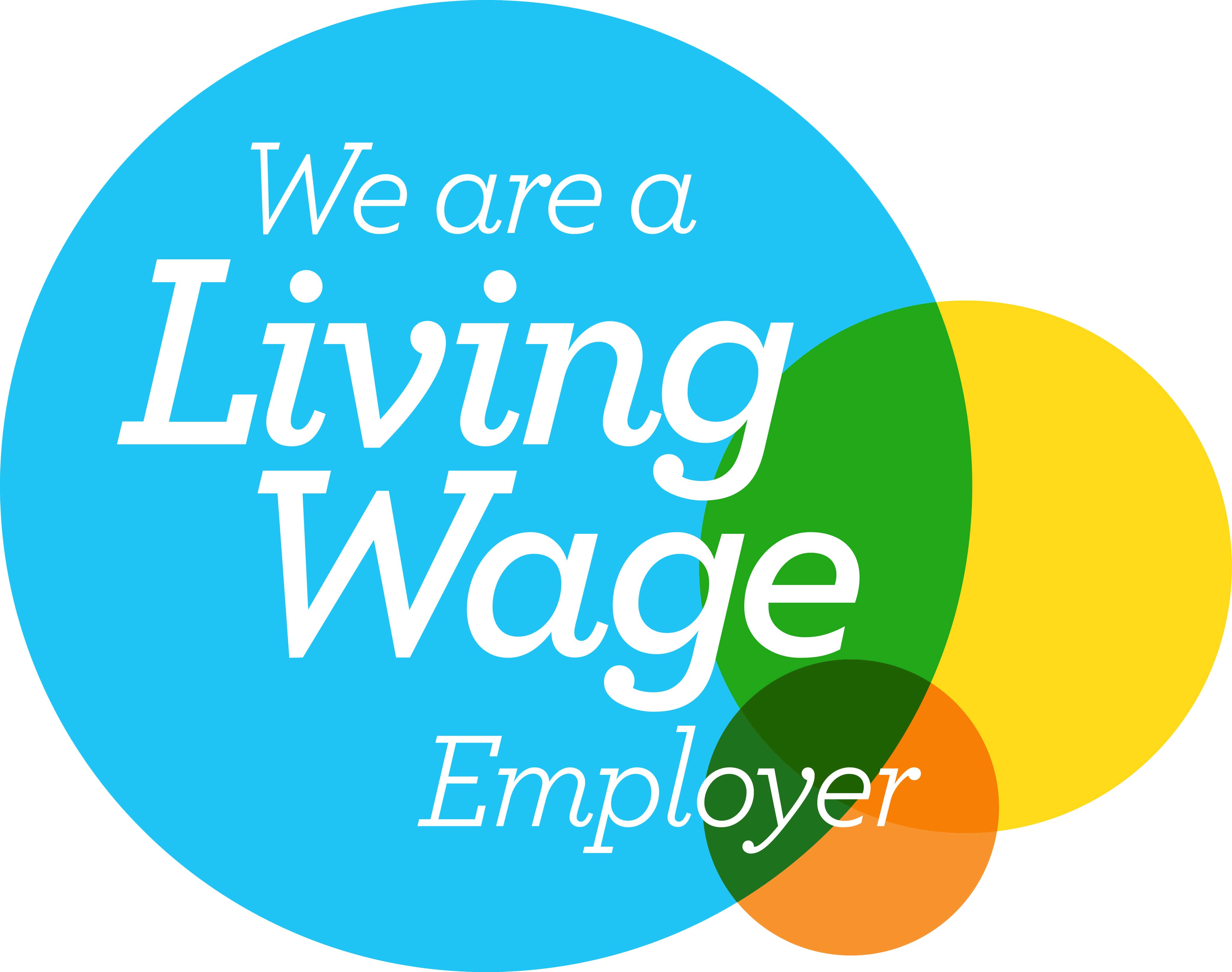- Bromley020 8290 0333
Domestic abuse involves 'more than just direct violence'
The Court of Appeal has reiterated that domestic abuse could mean far more than just violence and included behaviour that could affect the welfare of children even if they were not the direct victims.
The issue arose in four conjoined appeals involving allegations of domestic abuse by one parent against the other.
In giving judgments, which varied in each case, the court emphasised that it was important to understand the nature of domestic violence and abuse, including controlling and coercive behaviour, and its impact on both victims and on the children in the household.
It said the concept of domestic violence, which was first introduced by the Domestic Violence and Matrimonial Proceedings Act 1976, had developed significantly. It was no longer regarded as a matter purely between the adults but was recognised to be equally relevant to children of the family.
In many cases, courts had to focus on patterns of behaviour falling short of actual bodily harm, as it was now unreservedly accepted that controlling, coercive or threatening behaviour could be just as abusive, or even more so.
It was also understood that specific incidents might not be free-standing matters, but part of a wider pattern of abuse.
Greater prominence was to be given to coercive and/or controlling behaviour in Family Court proceedings.
A child could be harmed in several ways, including: where the abusive behaviour was witnessed by or directed against them; where the victim of the abuse was so frightened of provoking an outburst from the perpetrator that they could not give priority to the children’s needs; where there was an atmosphere of fear and anxiety in the home that was inimical to the child’s welfare; or where it inculcated a set of values which involved treating women as inferior to men.
It was equally important to be clear that not all directive, assertive, stubborn or selfish behaviour would be “abuse”. Much turned on the perpetrator’s intention and on the harmful impact of the abuse.
Please contact us if you would like more information about the issues raised in this article or any aspect of family law.









